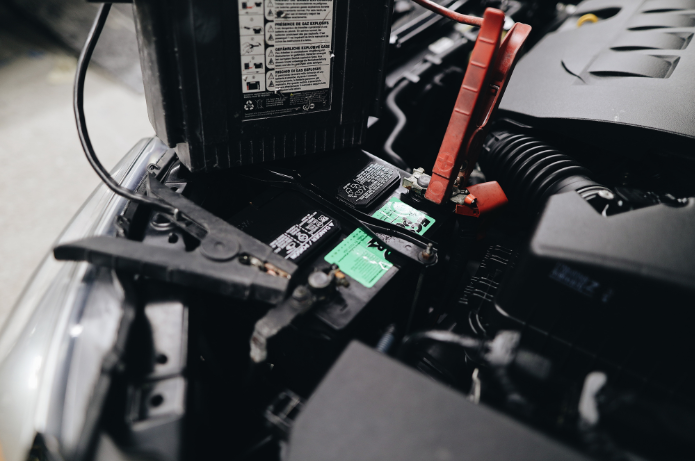Magazine
Why do batteries fail?
• Why they fail
• What difference does the weather make?
• What’s the answer?
While it is easy to notice some parts of your car gradually wearing over time and during its regular use, thinking of the tyres or wiper blades as examples, it’s much more difficult to assess the condition of the battery, until perhaps as the nights draw in and the temperatures drop, you find it faltering as you start the engine, or possibly even completely flat!
However, there is a solution, but before coming to that, it’s worth exploring why batteries discharge, particularly in cold weather and ultimately, why they fail.
Why they fail
Even if it was disconnected from your car, a typical lead acid battery will self-discharge at the rate of 0.1-volt per month, which means that a fully charged battery at 12.7-volts will be discharged to the point that it would struggle to start an engine (11.8-volts), in just nine months!
This natural discharge process is exaggerated when the battery is in your car and connected, because it is the only source of power to the vehicle’s electrical system when the engine isn’t running, so its numerous electronic devices – clock, alarm, remote locking mechanism etc. – all constantly draw power, further increasing the rate at which it discharges.
Opening and closing the doors or boot to put things in or take them out of your car, without actually driving it anywhere puts more pressure on the battery, as it can draw as much as 50-amps to do so, and should there be a parasitic drain because of a problem somewhere in the vehicle’s electrical system, such as the interior light staying on, the issue is further exacerbated.
What difference does the weather make?
When these real-life scenarios are combined with cold weather however, the pressure on the battery moves to an entirely new level because, even without these ongoing issues, when the temperature drops to freezing, your battery can lose up to 35% of its power, which is why cold weather shows up battery problems so intently.
When it comes to why most batteries reach their end of life it is generally due to a process called sulphation, which is a chemical reaction that takes place in the electrolyte (sulphuric acid and distilled water) within the battery when the voltage drops to 12.4 or below, which causes lead sulphate crystals to build up on the lead battery plates. This reduces the battery’s capacity and engine starting potential and signals the beginning of its demise.
It is worth mentioning that it’s surprisingly easy for the battery voltage to drop to or below this 12.4 level because starting your car takes much more power out of the battery than you might think. Even without having to power your lights or run the heater blower, it will usually take a good 20-minute journey on a fairly open road, just to replace the power used to start the engine, even longer if you’re in a traffic jam, with every electrical device switched on. So, if you generally only make short trips, particularly if you do them regularly, your battery could already be at a low level of charge, and as stated earlier, the colder the weather, the worse things become!
What’s the answer?
However, going back to where we started, there is a solution and that is to have your battery tested at a professional workshop, which is something that can be done quickly, so shouldn’t be expensive, and will allow you to understand where your battery is in its lifecycle and help you avoid the frustration of being unable to start your car on a chilly and dark winter’s morning!

